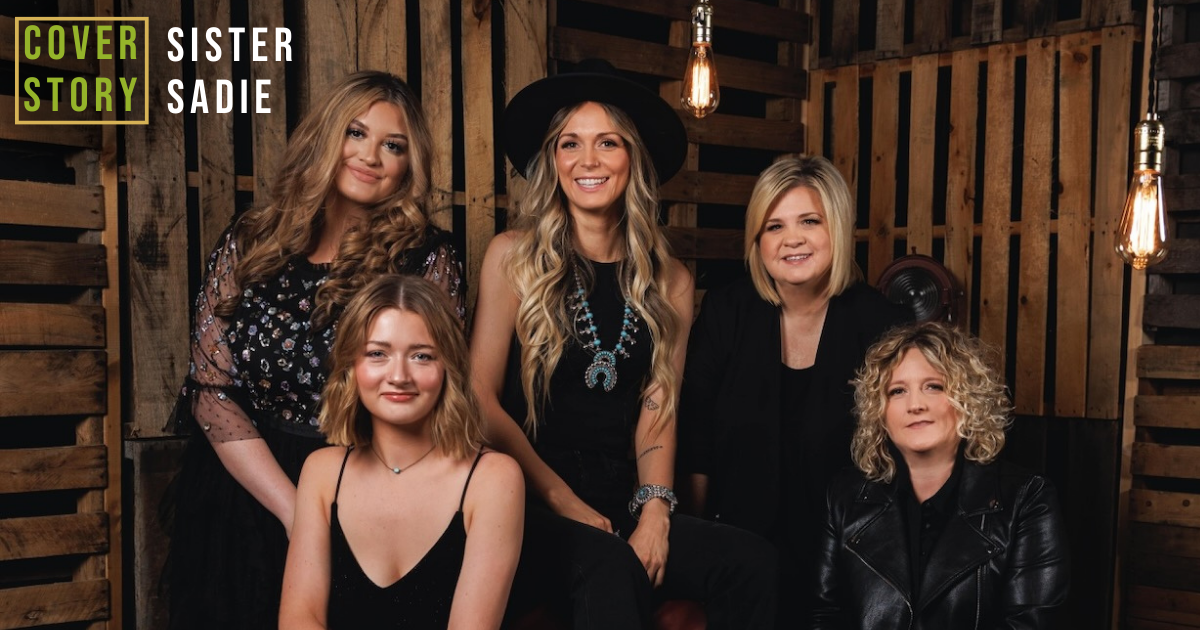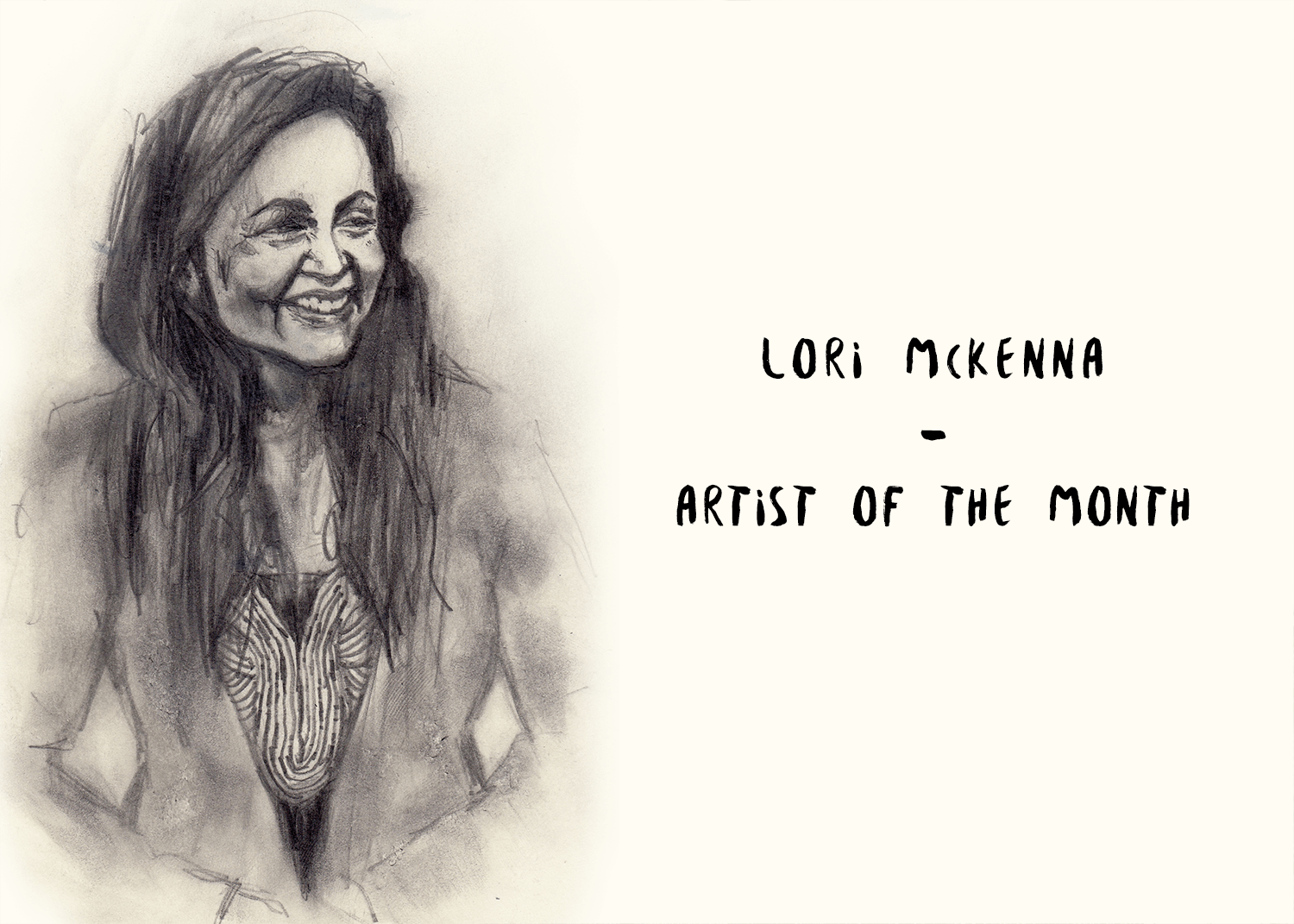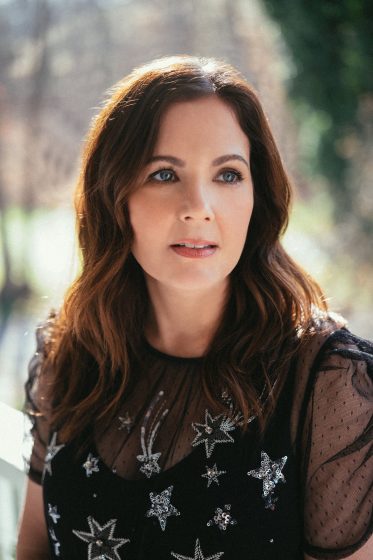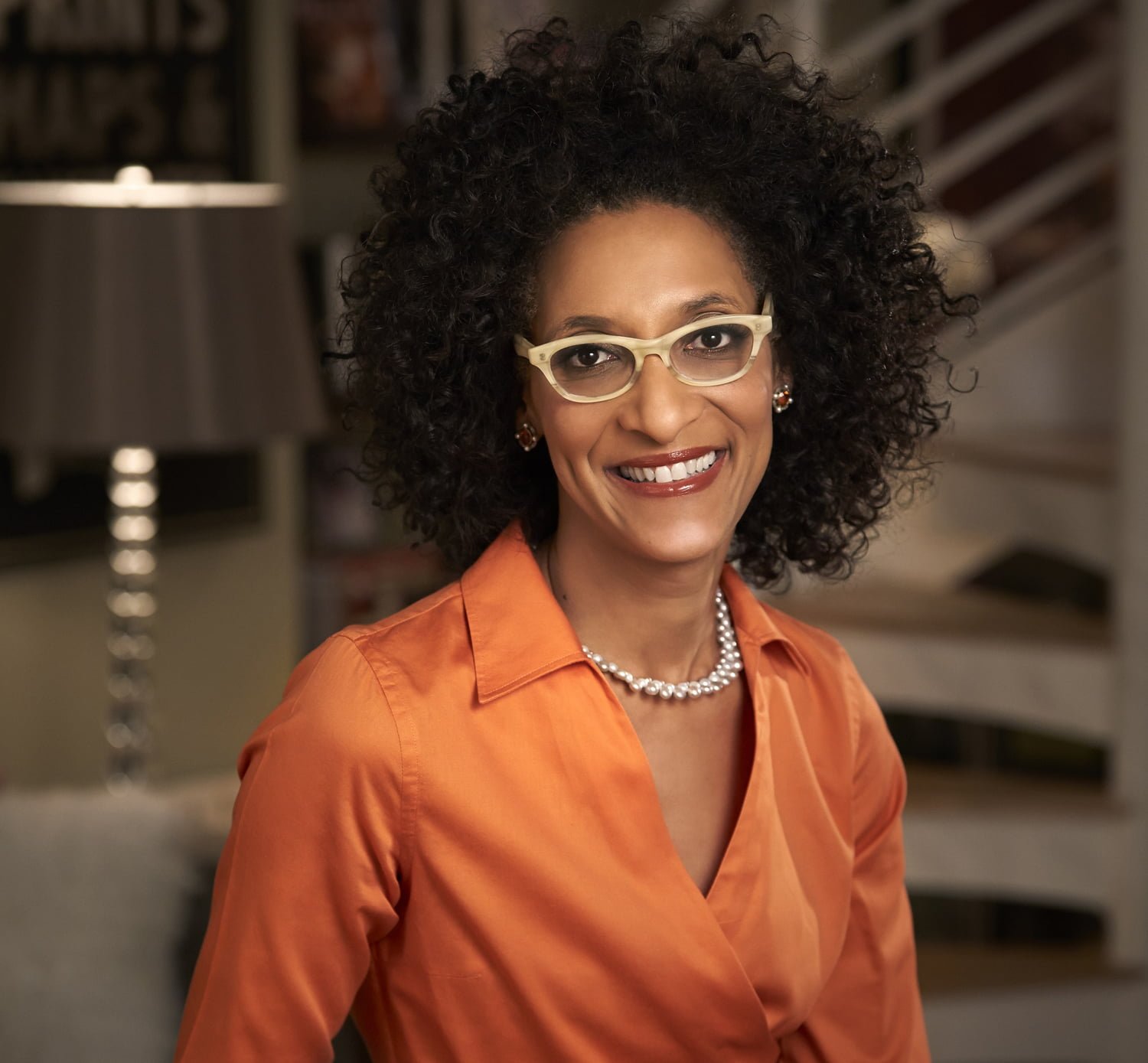Last month, Sister Sadie took the stage at Nashville’s Station Inn to showcase and celebrate their latest album, No Fear. And although the title itself could be an ode to the group’s unrelenting urge to hop genre fences – from bluegrass to country to pop and back again – it’s also a nod to the resiliency of the band itself.
With No Fear, Sister Sadie showcase three-part, songbird harmonies backed by a keen musical aptitude that’s equally distributed throughout the quintet. The 13-song LP combines the “high, lonesome sound” of bluegrass with a blend of country and pop sensibilities a la The Chicks, Little Big Town, or Pistol Annies.
“There’s a space for bluegrass meets Americana meets country meets pop — that’s what I’m manifesting,” says fiddler and de facto band leader, Deanie Richardson.
To note, the Station Inn appearance was a full-circle sort of thing for the ensemble. First coming together at the storied venue by pure happenstance in December 2012, Richardson, banjoist Gena Britt, and former members guitarist Dale Ann Bradley, bassist Beth Lawrence, and mandolinist Tina Adair were simply a collection of pickers and singers from different circles in Music City.
That initial gig went extremely well, so much so that more shows were booked and things started to unfold into a full-fledged band – albeit one where the members still held day jobs and were raising families. But, the music felt right and so did the performances, so why not tempt fate and see where this ride may go?
Well, what a ride it has been thus far. Appearances on the Grand Ole Opry. Three IBMA awards for Vocal Group of the Year (2019, 2020, 2021) and one for Entertainer of the Year (2020), with Richardson taking home Fiddle Player of the Year in 2020. And a Grammy nomination for Best Bluegrass Album for the 2018 release, Sister Sadie II.
But, in recent years, three of those founding members — Bradley, Lawrence, and Adair — left to pursue other projects, which, in turn, posed one lingering question to Richardson and Britt — where to from here?
“When we started 12 years ago, when we hit that first note at the Station Inn, we felt this magical chemistry in the band,” Richardson says. “Somehow, every time we reinvent this [band], I still feel that magical chemistry when we play music.”
Instead of throwing in the towel and saying it was good while it lasted, Richardson and Britt forged ahead, come hell or high water. They regrouped and reemerged into this next, unknown chapter. Soon, Jaelee Roberts and Dani Flowers came into the fold, both bringing songwriting prowess as well as providing guitar and vocal harmonies to ideally complement Britt. Then, in 2023, bassist Maddie Dalton hopped onboard.
“It’s an eclectic group of ladies and of musical tastes,” Richardson says. “Our home, our hearts and our souls are in bluegrass music. That’s what we love, that’s our passion, but there’s a lot of room for growth there.”
The new album, it’s not bluegrass. It’s not country. It’s just good music. In my opinion, it would be a shame to pigeonhole your music.
Deanie Richardson: Well, that would be our dream, Garret, for someone to not try to put some sort of label or pigeonhole it into somewhere. But, unfortunately, it happens. We went in there with great tunes and just let them arrange themselves, let them work themselves out in the studio. And this is what we got. So, I didn’t go in with bluegrass in mind. I didn’t go in with country in mind. I just went in with all my pals, people I love — great players and great songs.
Is that more by design or just how things have evolved?
DR: I think that’s how it’s evolved. That was not the original [Sister] Sadie. That’s this combination of girls right here. When you have personnel changes like we’ve have along the way, the energy changes — everything shifts.
Gena Britt: You have to reinvent yourself.
DR: You’ve got to figure out where you land when Jaelee Roberts comes in and changes everything. And then you’ve got to figure out where you land when Dani Flowers comes in. And Maddie Dalton. We’ve had three new members. That changes the energy. It changes the vibe. It changes the feel. It changes the vocals. It changes everything. This whole band has grown organically over the last 12 years. This is just where it is right now. We’re about to go in and record a new one and, shoot, it may sound like ZZ Top. I don’t know — you never know.
And I have a lot of solidarity with that, the attitude of just go in and see what happens, see what sticks and see what works.
Dani Flowers: Every single person in this band is a big fan of good writing and good songs. Just trying to serve the song and make sure it had what it needed rather than trying to put any one certain song in a box that it might not fit in.
How does that play into personal goals with the band’s expectations? There’s a lot of a crossover factor in the music. I hear just as much country as I do bluegrass in there.
GB: We’re just going for what we feel. We want to be excited about the song as we want everybody that’s listening to be excited. When we’re in the studio, these songs were brought to life in such a great way.
With the new members, what was kind of the intent coming into the group?
Jaelee Roberts: When I was asked to audition, I was kind of flabbergasted, because I looked up to Sister Sadie. These are all my heroes playing together in a band. And I had grown up around them. It was such a surreal feeling to get to audition. I get to not only learn more from them than I was already learning from them, but I get to part of that and grow with them, bring my spin on stuff.
DF: It was definitely a no-brainer for me when it came to joining the band. I’ve known Deanie since I was 16 or 17, Gena since I was 19 or 20. I’ve always admired them both. They’re incredible at what they do. It was really great for me. I was in the music industry for a while. I had a record deal. I wrote for a publishing company. And then, I had a kid and kind of stopped doing it all for a while. So, to join a band full of women that I already love was a great way to get back into playing music.
And with founding members of a band leaving, there’s this creative vacuum that can occur, where maybe there are more opportunities for other people to step up.
DR: Oh, that’s so great, because it’s true. With the personnel changes we’ve had, there’s been more opportunities for different styles, different vocalists, different everything. It’s crazy how that energy shift just redirects everything. You find a new tunnel or rabbit hole to go down or a new vision. It’s super fun to hear those potential songs and figure out whose voice is going to work. If you listen to a song, it actually tells you where it wants to go.
GB: This band is kind of a melting pot. We all bring such different things to the band. And then, when you put it all together and mix it all together, it’s this great recipe for things that are magical. It’s just heartwarming, too. We actually hangout together when we’re not playing on the road — not a lot of bands do that.
With the band shakeup and everything that’s happened to Sister Sadie in recent years — winning the IBMA for Entertainer of the Year, switching record labels to Mountain Home — what made you decide to keep it going? Was there a moment of maybe shutting it down and doing something else?
DR: One hundred percent. You’re on it. With the last personnel change, Gena and I were on the phone like, “We’re 10 years into this thing. Is it time to call it? Maybe it’s just time.” This band happened by just a group of friends getting together and playing the Station Inn. Then, “Hey, that went really well. Let’s playing the Station Inn again.” Then, Gena starts getting calls from promoters. Do a few shows. Then, Pinecastle says, “Hey, let’s do a record.” We do a record. We do another record. We get nominated for a Grammy.
But, we’ve never really gone in 100 percent. It’s just been organic. I’ve got a ton of things going on. I’ve got a seven-year-old. Gena’s got a job and two kids. It’s never like, “Let’s form a band and let’s go do this.” It was always sort of The Seldom Scene thing — we’ll play when it makes sense. And then, I was like, “What if we give this thing everything we’ve got? What if we put in one 110 percent? What if we got a team? What if we got a manager? What if we got a new record label? What if we got a booking agent? Let’s devote one year to this 110 percent and see what happens” — that’s where we are.
I’m 52 years old. I’ve been doing this and on the road since I was 15. This is the best record we’ve ever done. Going all in was the best choice that we could’ve made.
Photo Credit: Eric Ahlgrim




